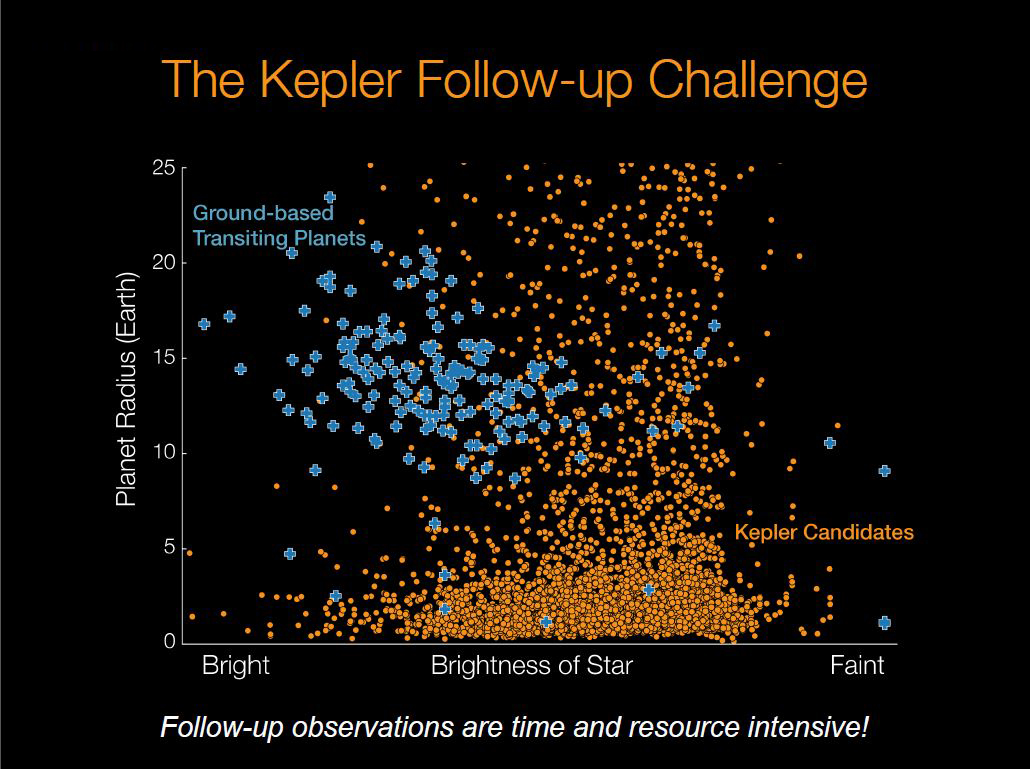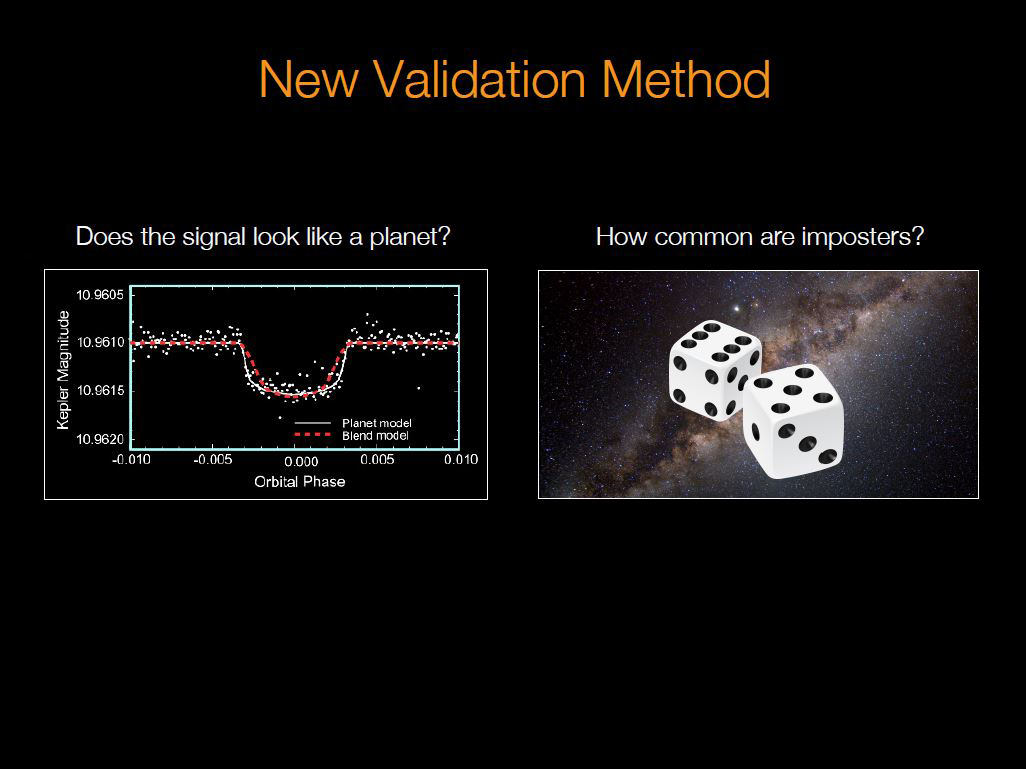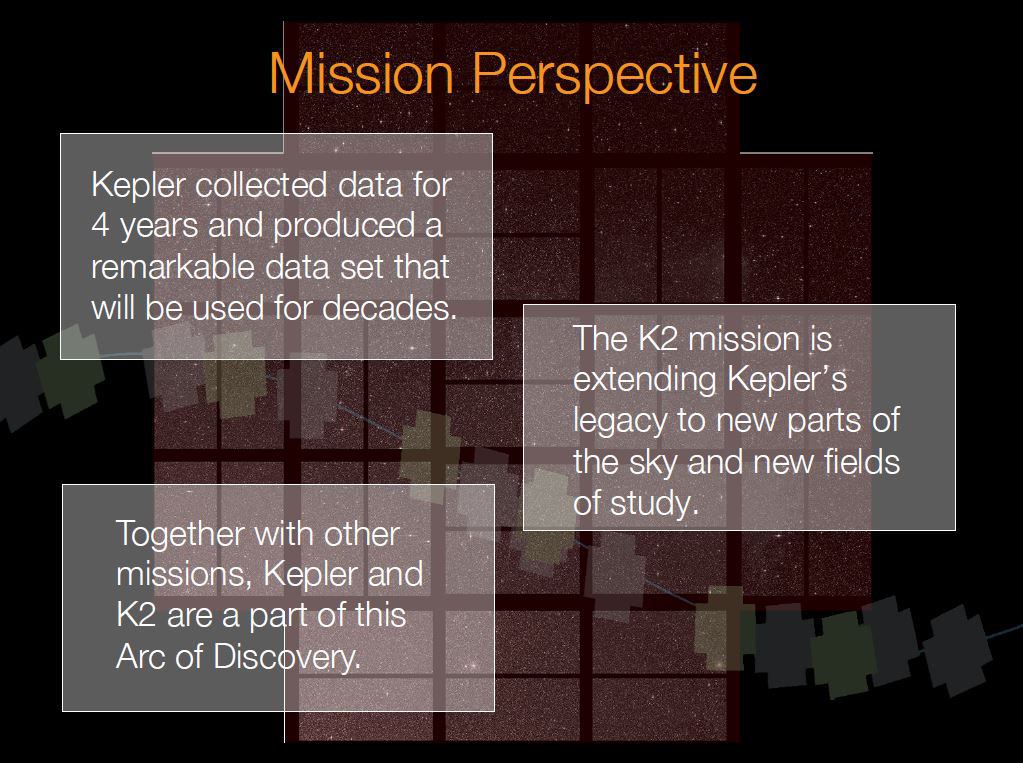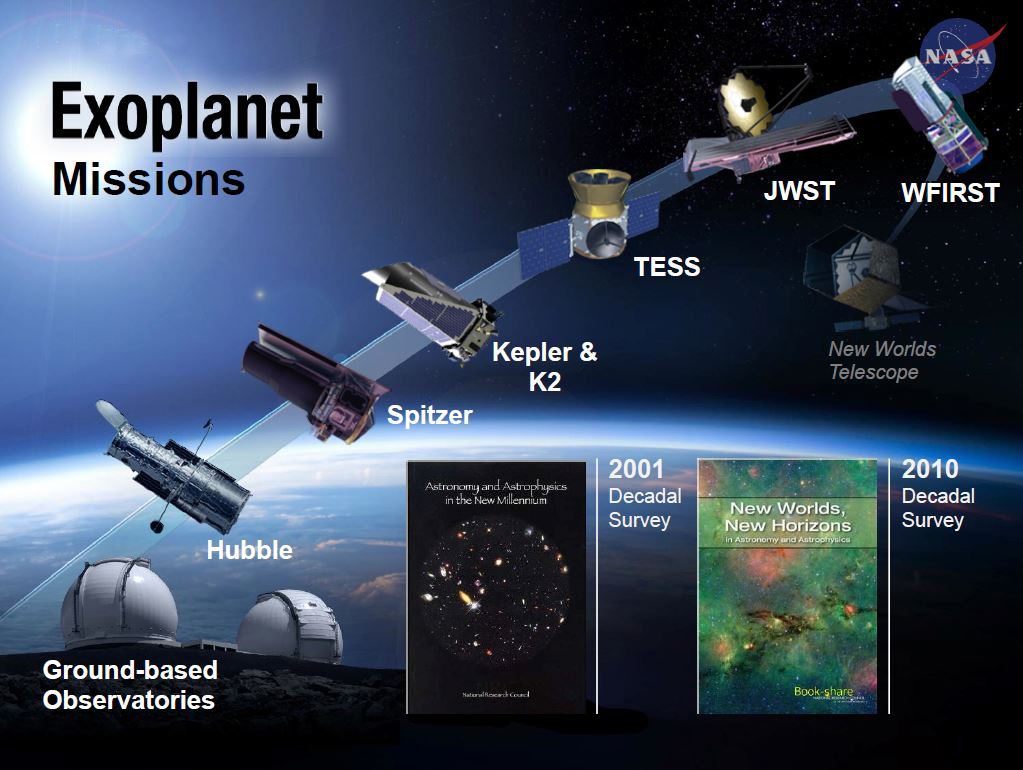1,284 Exoplanets Found: NASA's Kepler Space Telescope Discovery in Pictures
Kepler vs. Ground-Based Telescopes
Verifying Kepler's planet finds is a huge challenge because the space telescope can see fainter stars than those typically targeted by ground-based telescopes. This NASA chart shows that the candidate planets of Kepler (shown in orange) tend to be smaller and orbit fainter stars than those observed by ground-based telescopes (in blue) using the same transit method.
Is It Really a Planet?
NASA explains Kepler's new validation method as thus: "A new statistical validation technique enables researchers to quantify the probability that any given candidate signal is in fact caused by a planet, without requiring any follow-up observations. This technique uses two different kinds of simulations-- both simulations of the detailed shapes of transit signals caused by both planets and objects, such as a star, masquerading as planets (left diagram), and also simulations of how common imposters are expected to be in the Milky Way galaxy (right diagram). Combining these two different kinds of information gives scientists a reliability score between zero and one for each candidate. Candidates with reliability greater than 99 percent are call 'validated planets.'"
Kepler Space Telescope: 2009-2017
NASA's initial mission for the Kepler Space Telescope ended in May 2013, when the second of four reaction wheels failed and limited the telescope's vital precision pointing capability. In May 2014, NASA approved a follow-up K2 mission, which runs through September 2017. The k2 mission aims Kepler at stars along the plane of Earth's orbit (the ecliptic).
The Future of Exoplanet Discovery
The Kepler Space Telescope is just one in a long line of missions and projects aimed at finding planets around distant stars. Future space telescopes and new techniques promise to push the limits of astronomical discovery.
Breaking space news, the latest updates on rocket launches, skywatching events and more!

Tariq is the award-winning Editor-in-Chief of Space.com and joined the team in 2001. He covers human spaceflight, as well as skywatching and entertainment. He became Space.com's Editor-in-Chief in 2019. Before joining Space.com, Tariq was a staff reporter for The Los Angeles Times covering education and city beats in La Habra, Fullerton and Huntington Beach. He's a recipient of the 2022 Harry Kolcum Award for excellence in space reporting and the 2025 Space Pioneer Award from the National Space Society. He is an Eagle Scout and Space Camp alum with journalism degrees from the USC and NYU. You can find Tariq at Space.com and as the co-host to the This Week In Space podcast on the TWiT network. To see his latest project, you can follow Tariq on Twitter @tariqjmalik.




